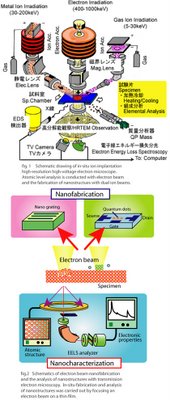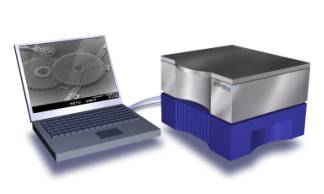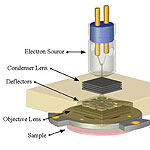Adherex Receives Regulatory Approval For P2 Dosing Schedule Increase
Adherex is also adding clinical test sites in the US. The ADH-1 clinical trial is presently being performed at six centers in Canada.
"Based on our experience from our North American and European centers, this more dose dense, weekly dosing schedule of ADH-1 has been well tolerated and is preferable from a pharmacology standpoint," said William P. Peters, M.D., Ph.D., Chairman and CEO of Adherex.
This P2 single-agent testing is designed to evaluate the anti-tumor activity and tolerability of repeated doses of ADH-1 in patients with lung, esophageal, adrenocortical, renal and hepatocellular cancers whose tumors express the molecular target N-cadherin.
The trial is now expected to enroll up to an aggregate of 100 patients.
Adherex expects the Phase 2 trial to complete in the second half of 2006.
more than enough to ponder the possibilities.........
[ed - more of my Adherex posts are linked just below]
adherex-phase-1-ADH-1_Combo-clinical-trial-announcement
cadherins-and-looming-revolution-in-cancer-treatment
wendmancancer cancer+treatment cancer+cure cancer+treatment+innovation cancer+innovation cancer+research cancer+pharmaceuticals pharmaceuticals biotech biotechnology pharma nano nanotech patents nanotechnology nano+cancer nanotech+cancer patents+cancer nanotechnology+cancer cadherin n-cadherin e-cadherin cancer+cadherin treatment+cadherin blaschuk+cadherin adherex












